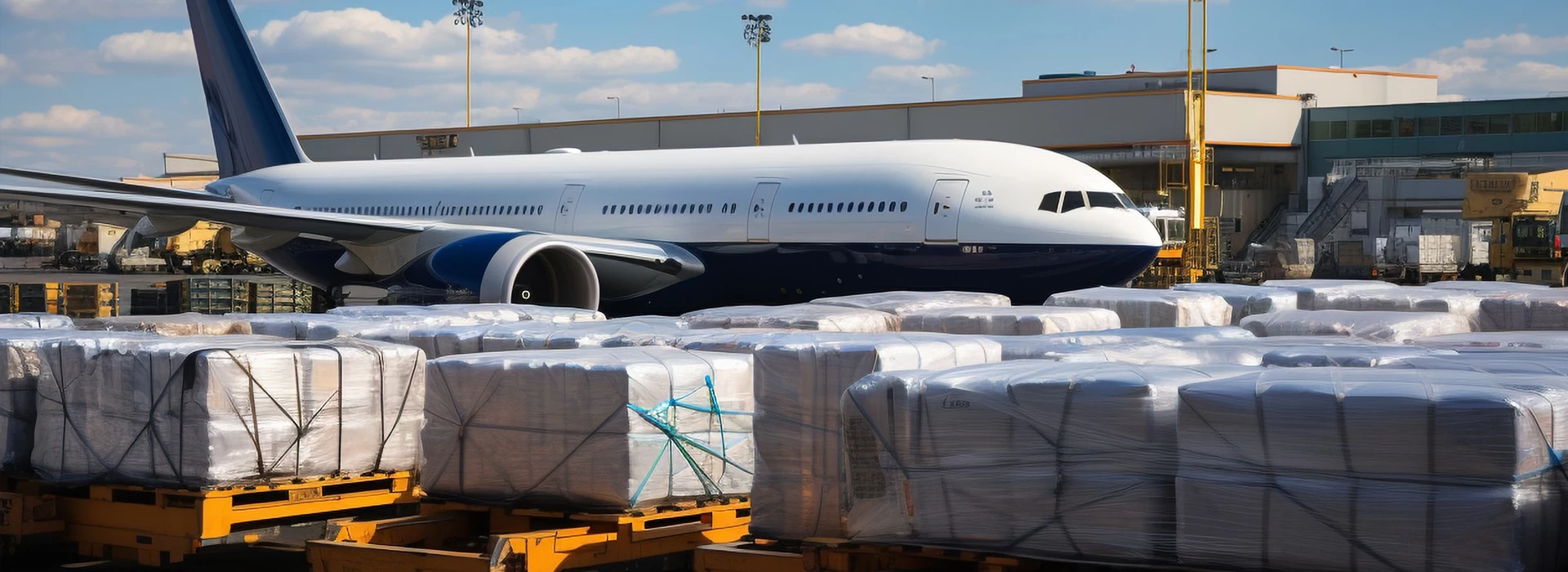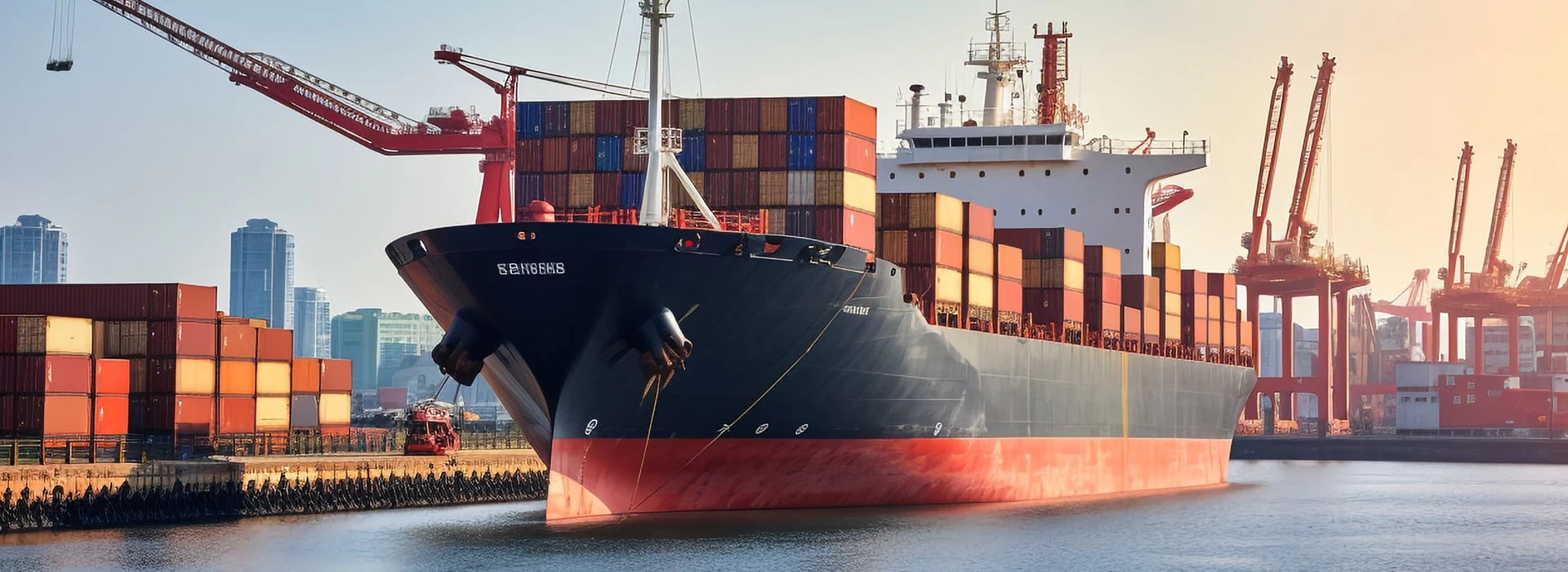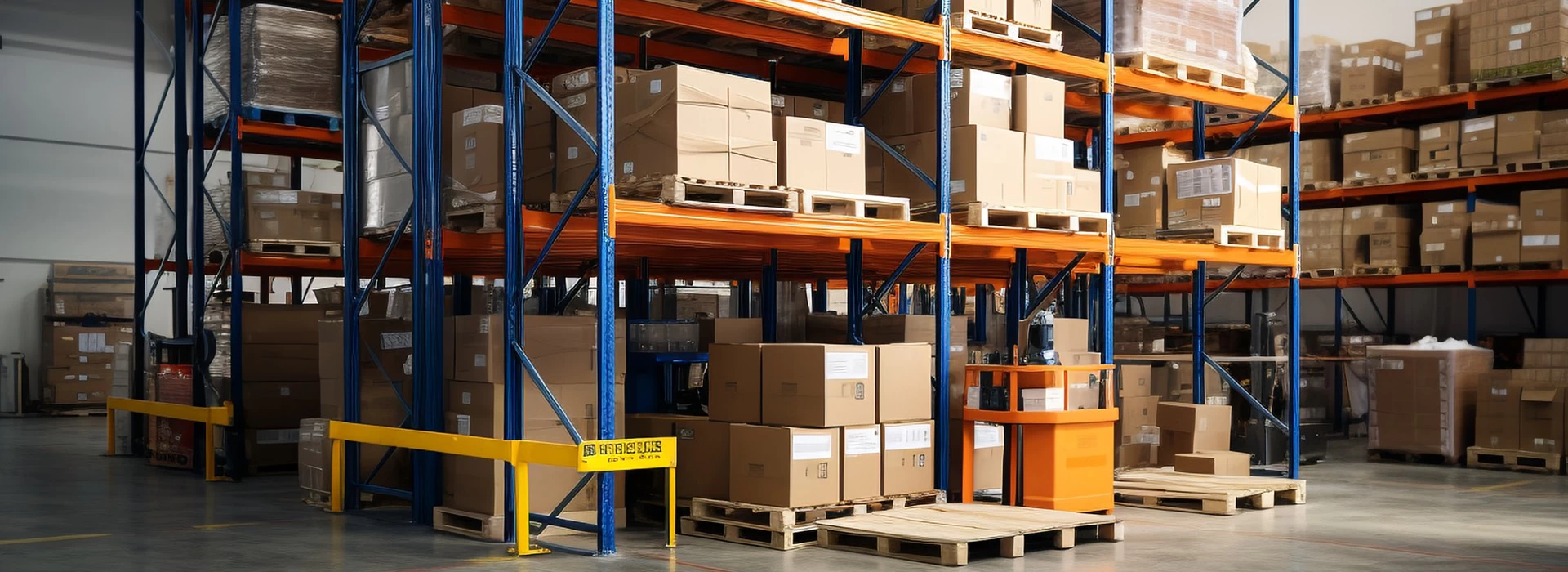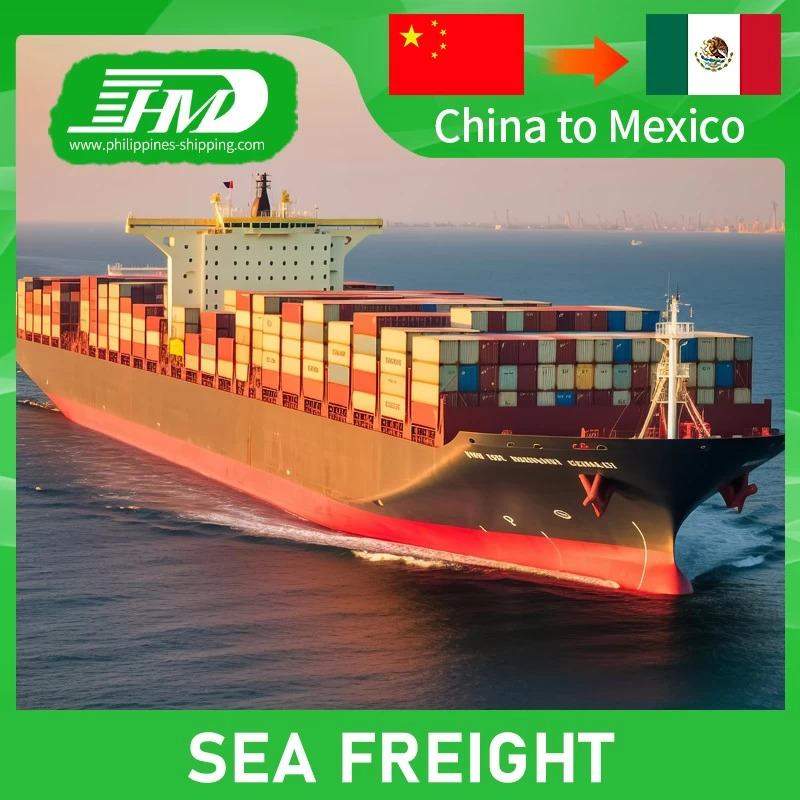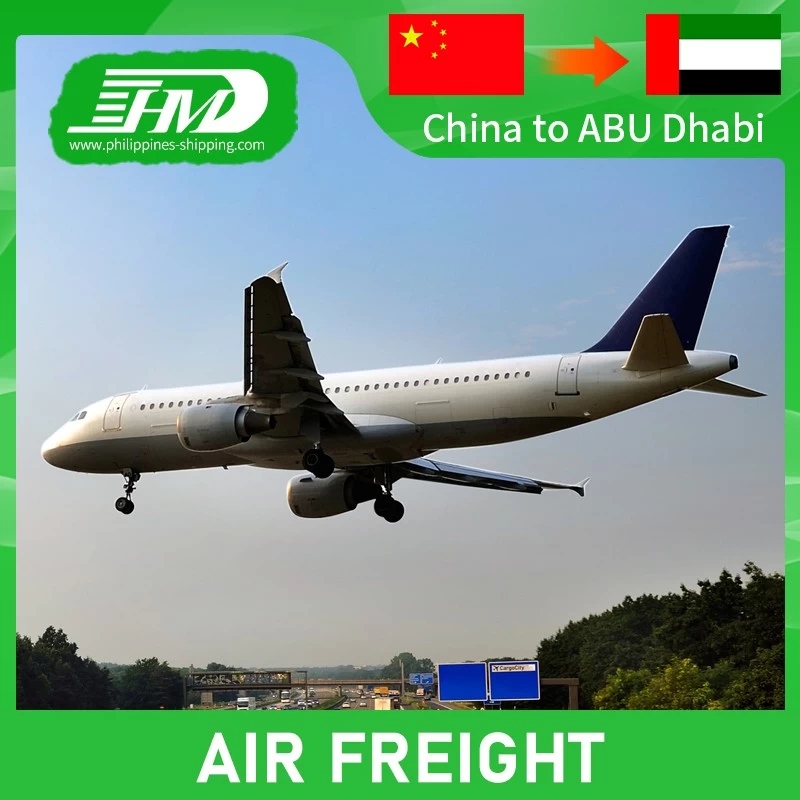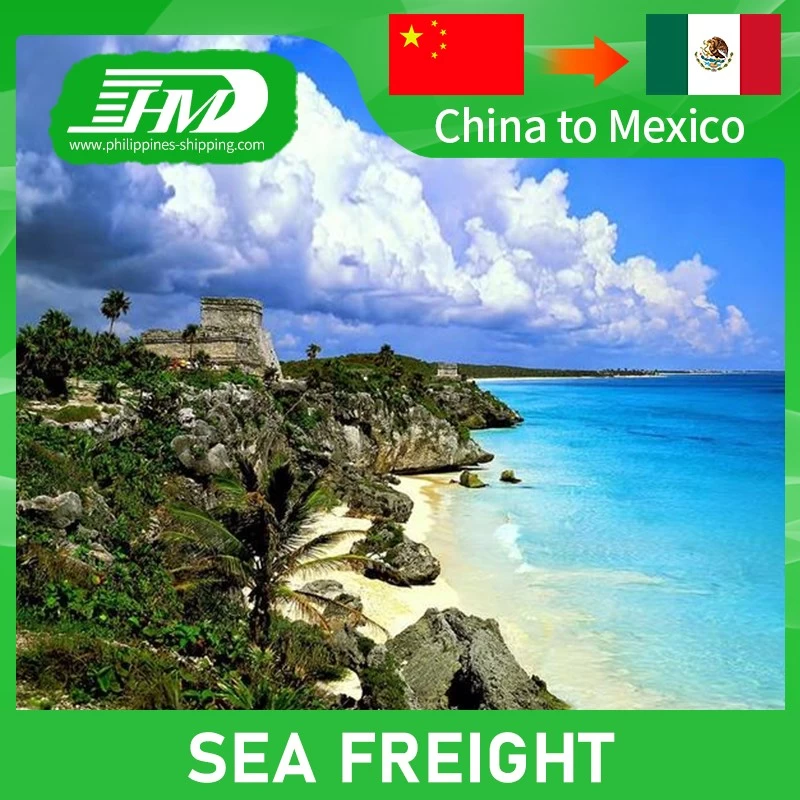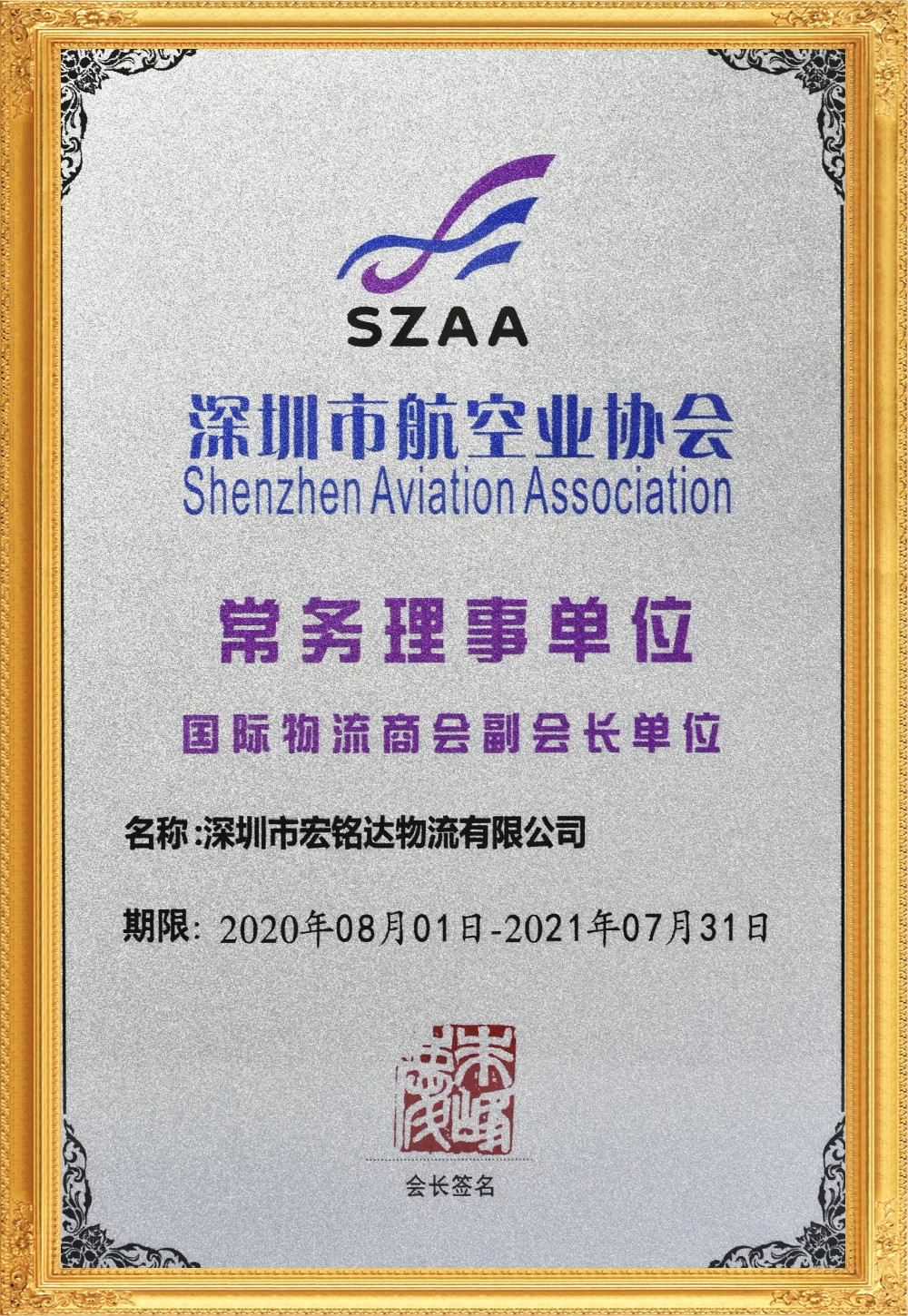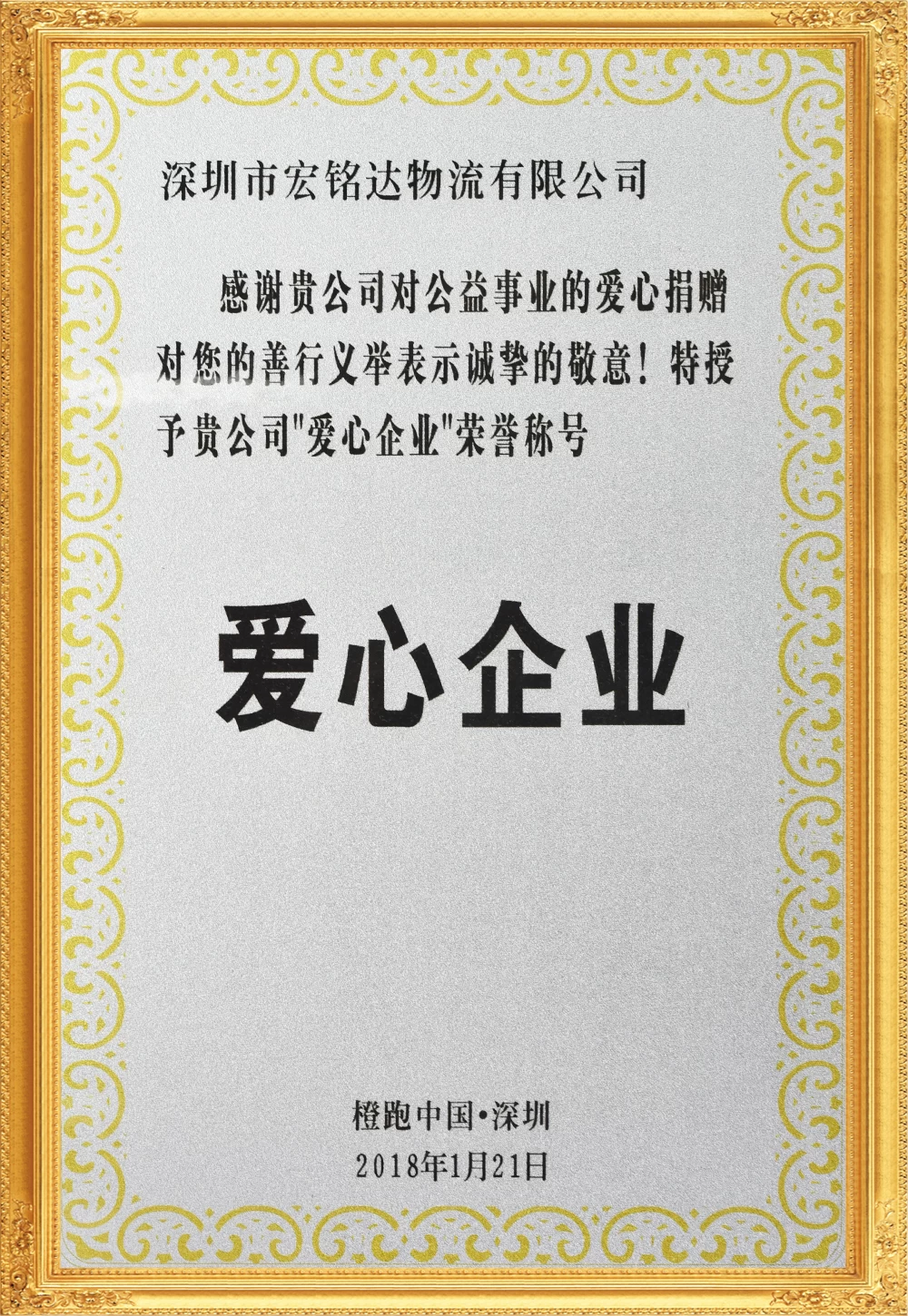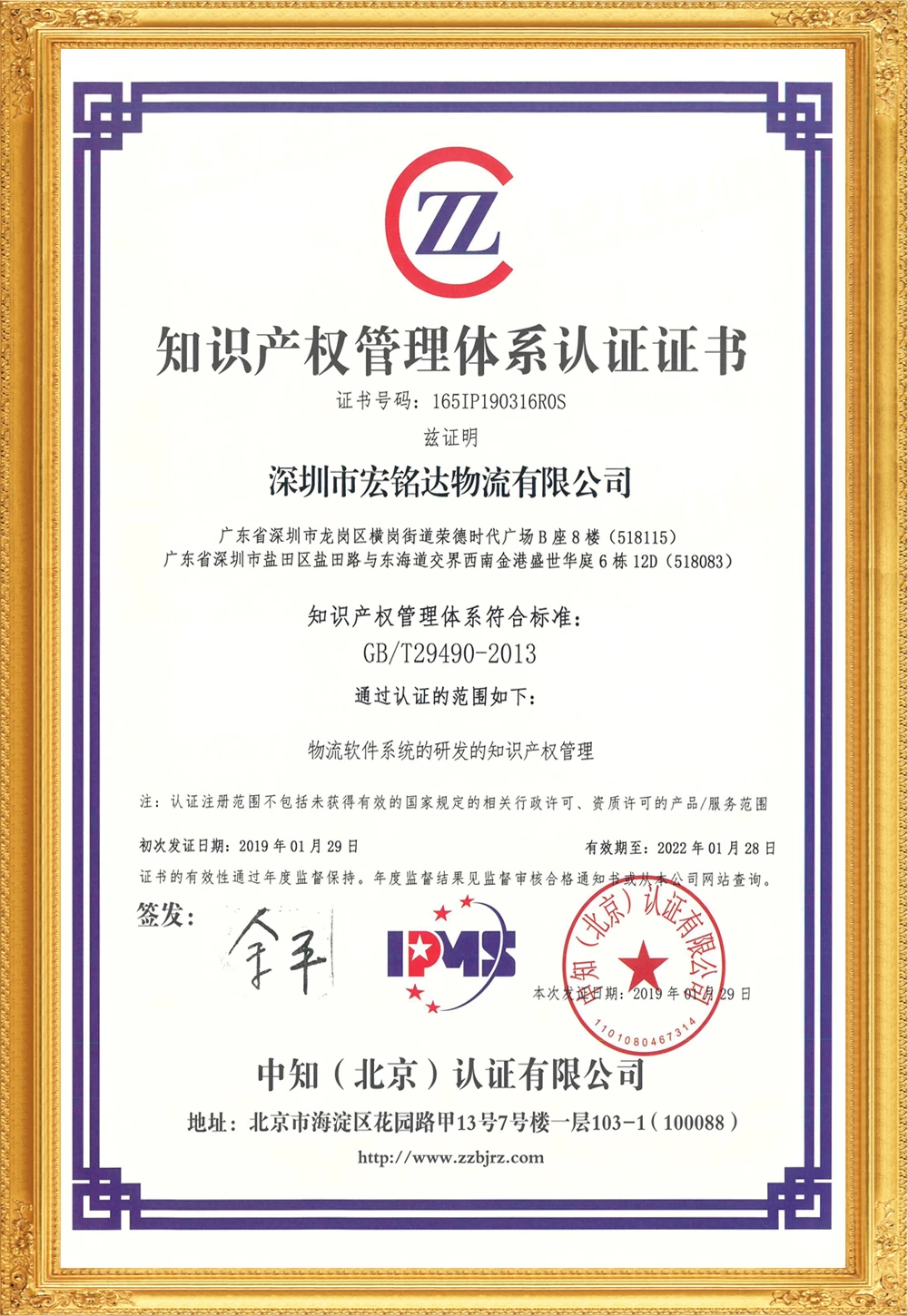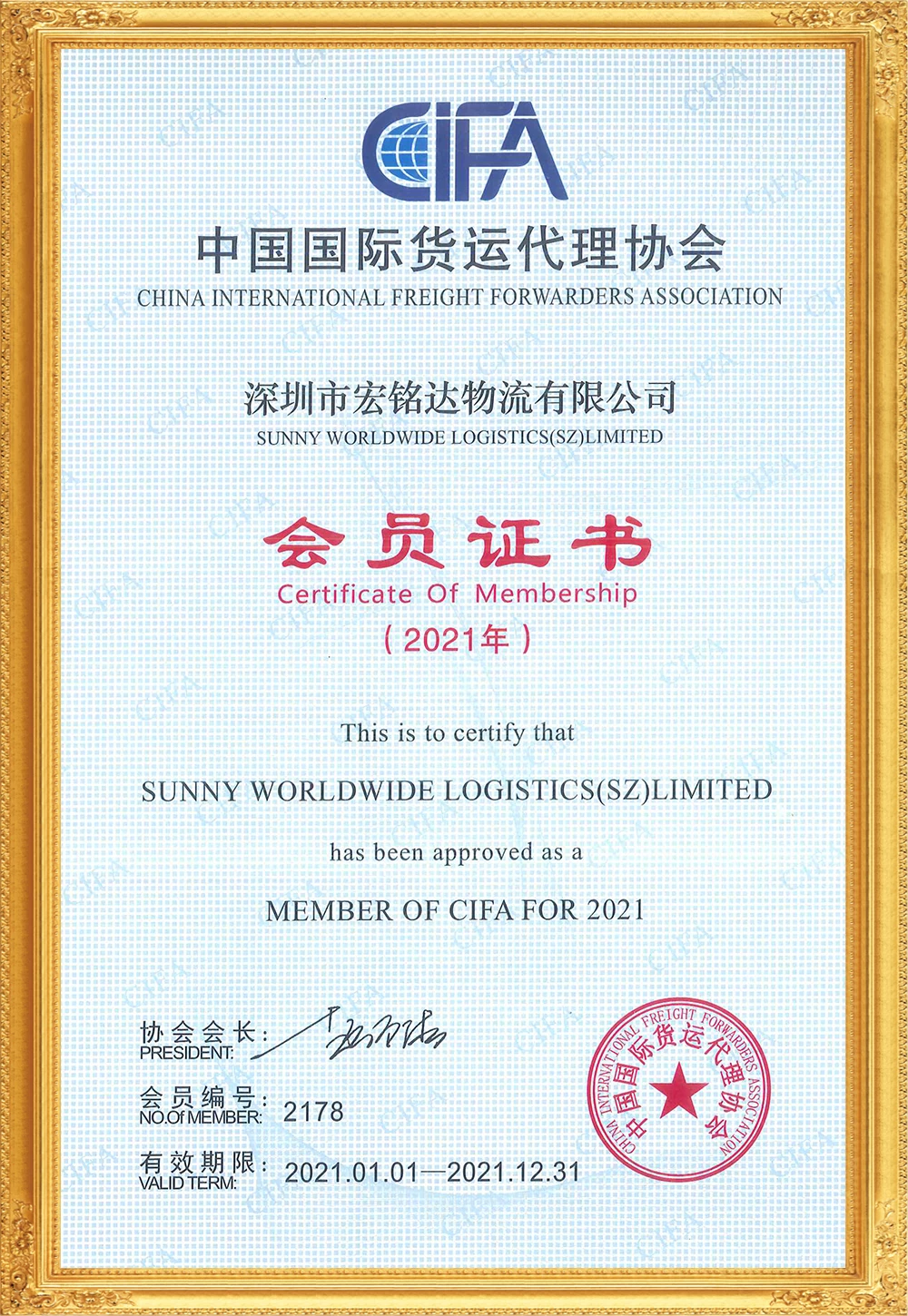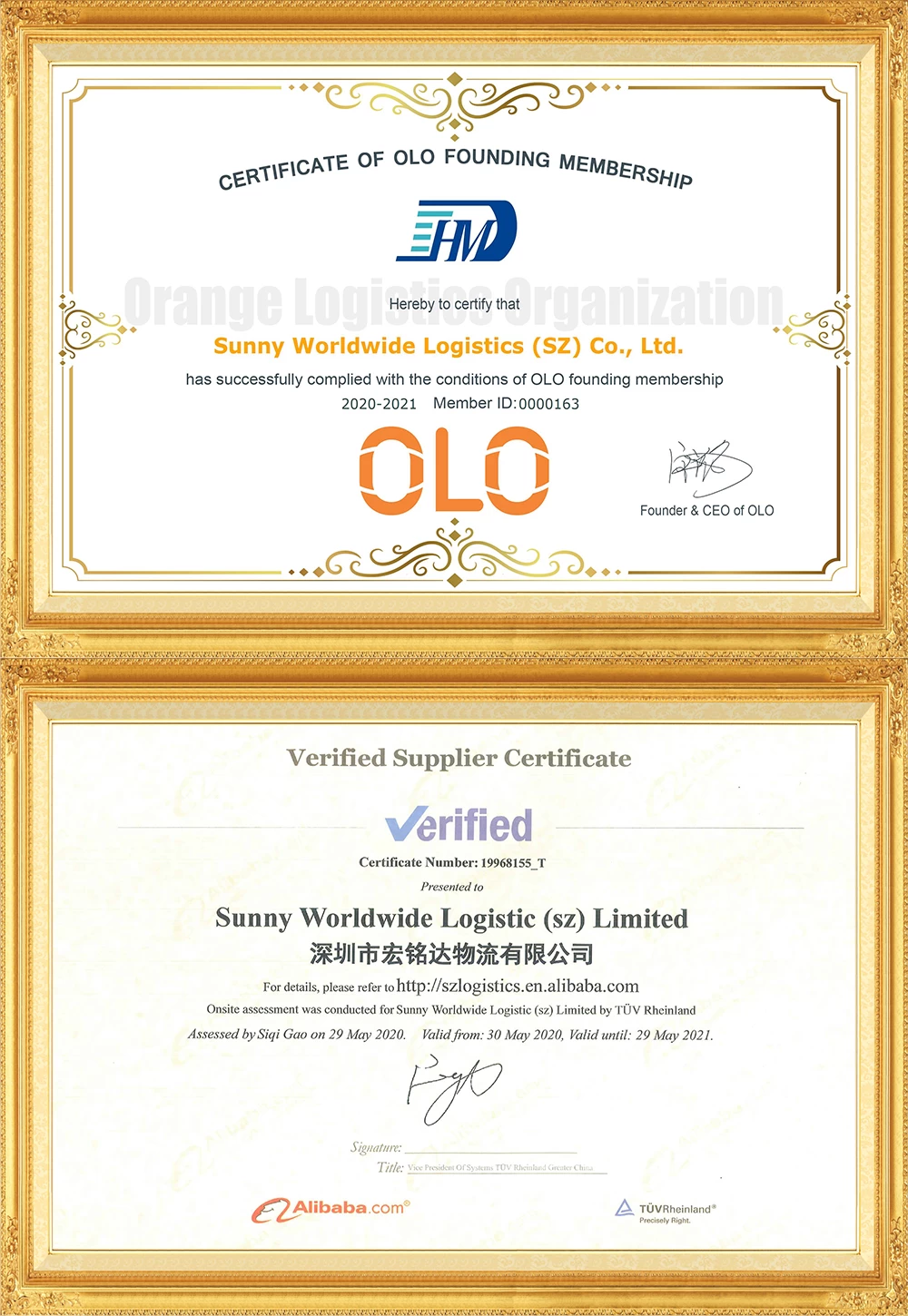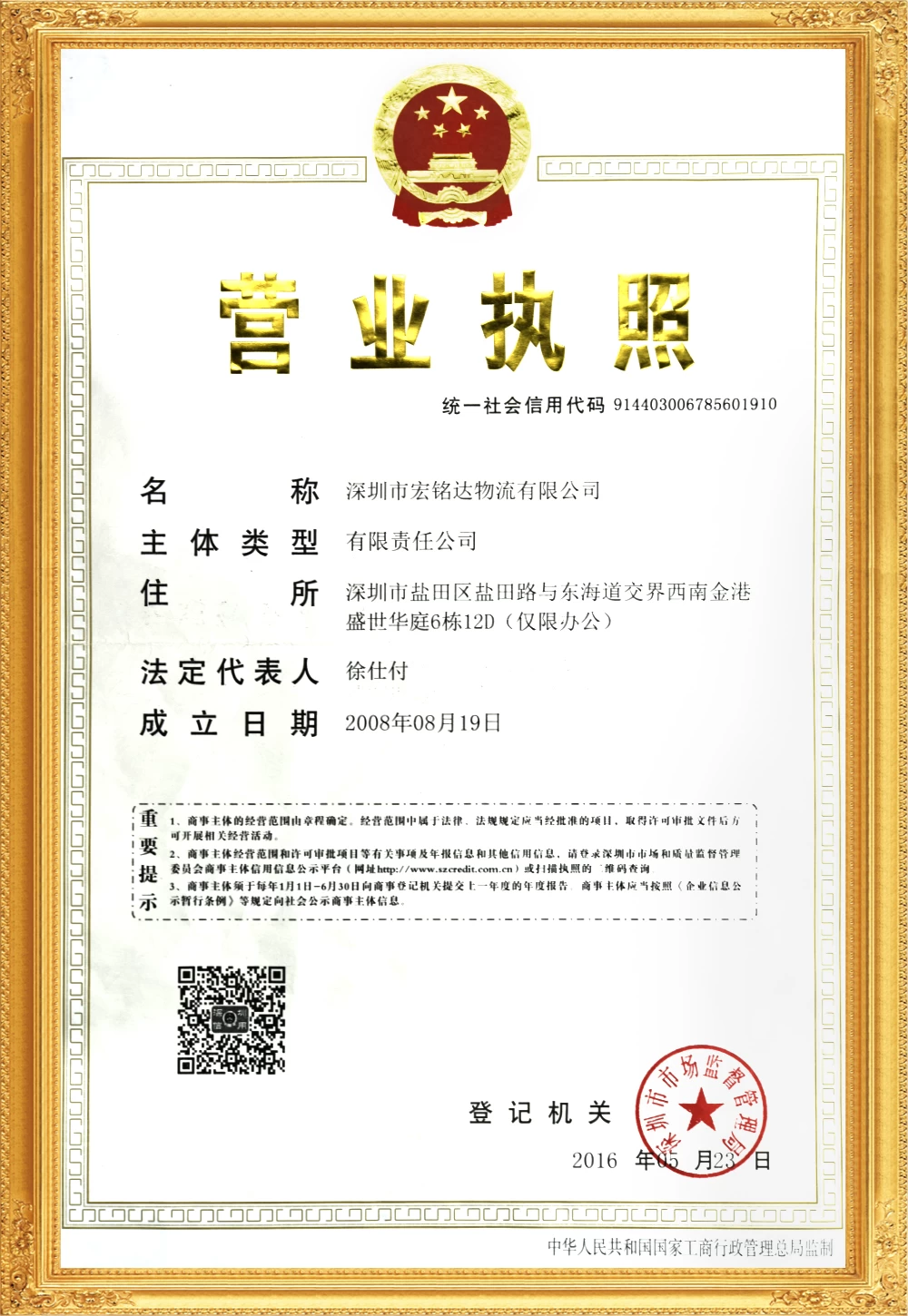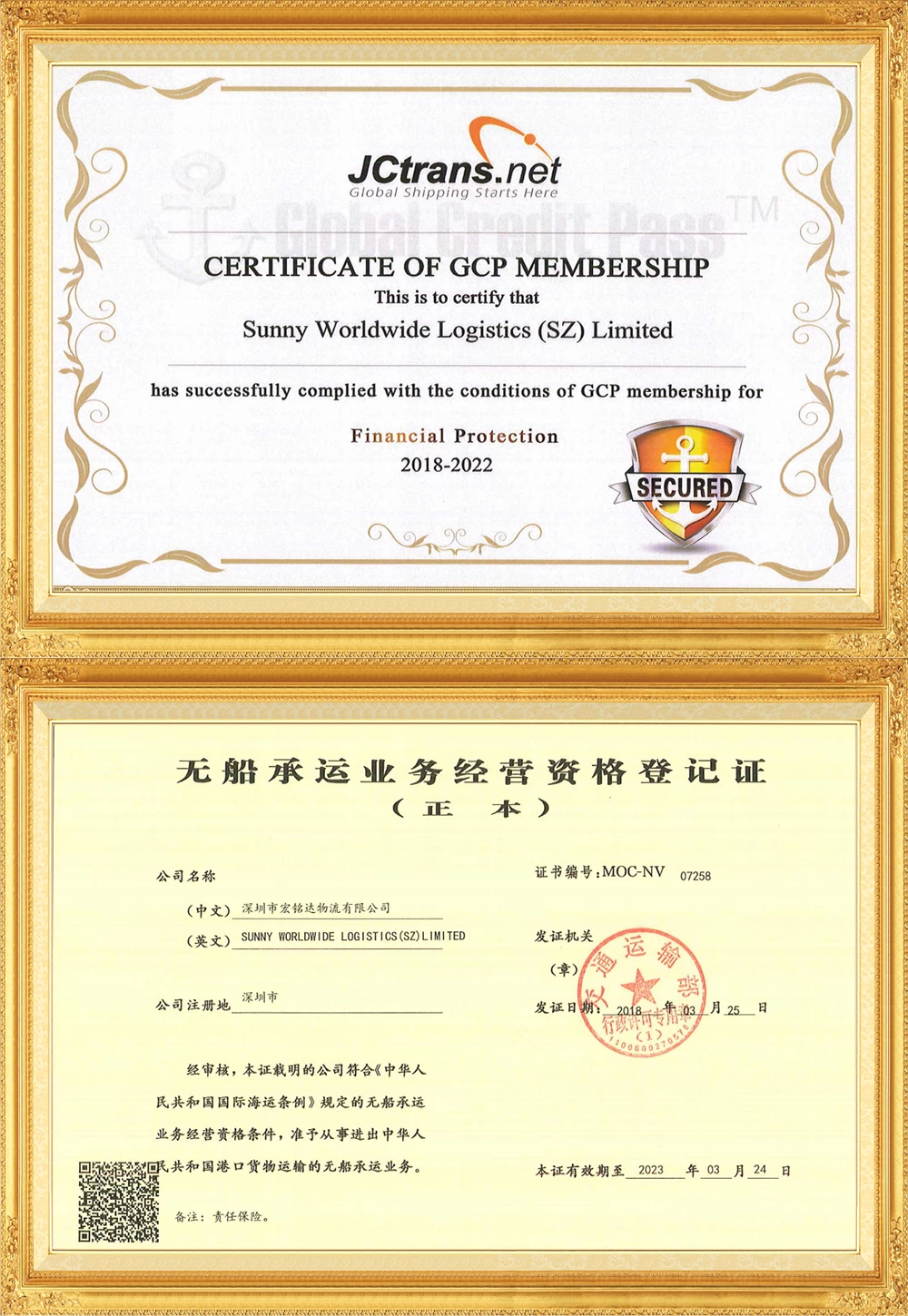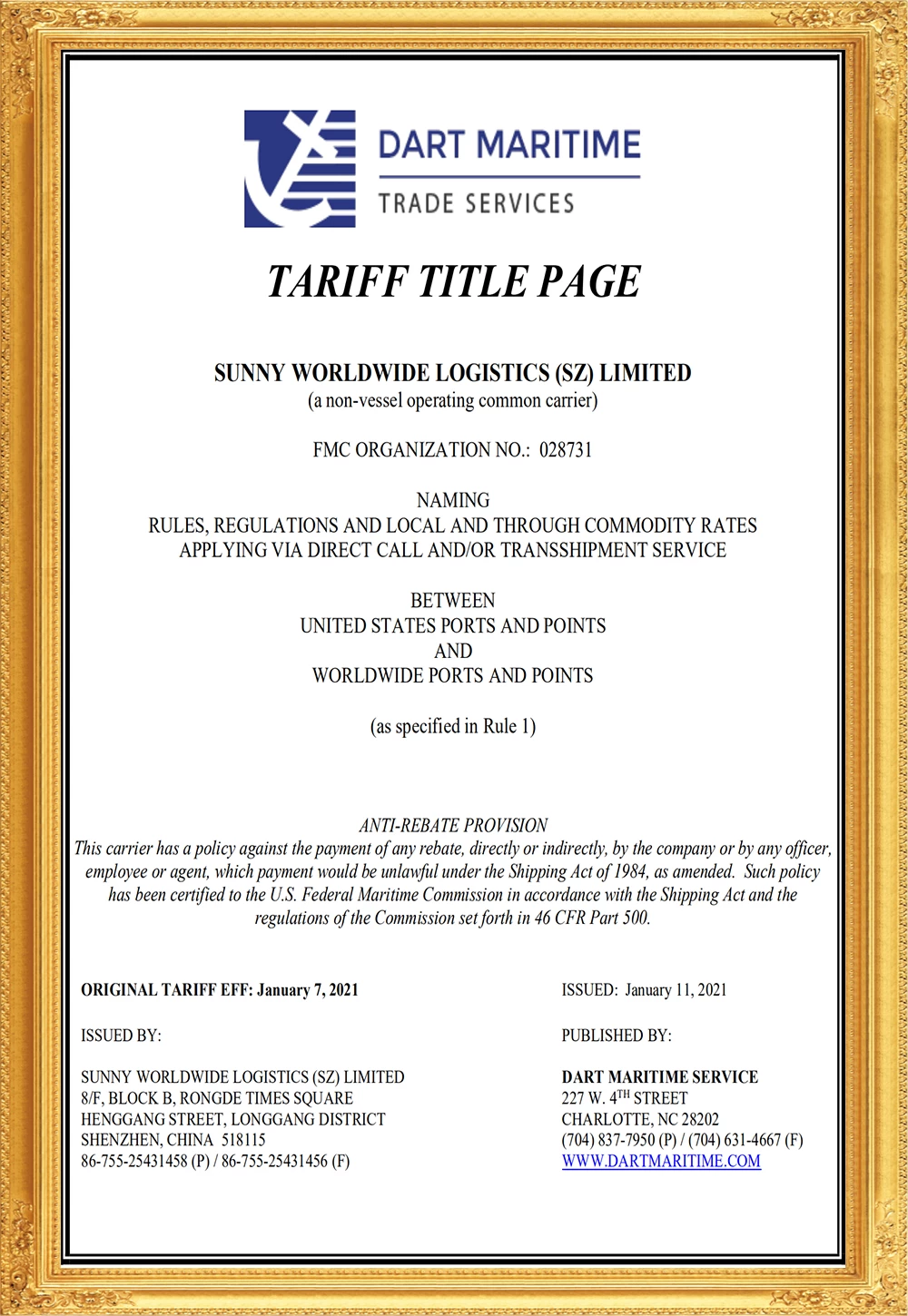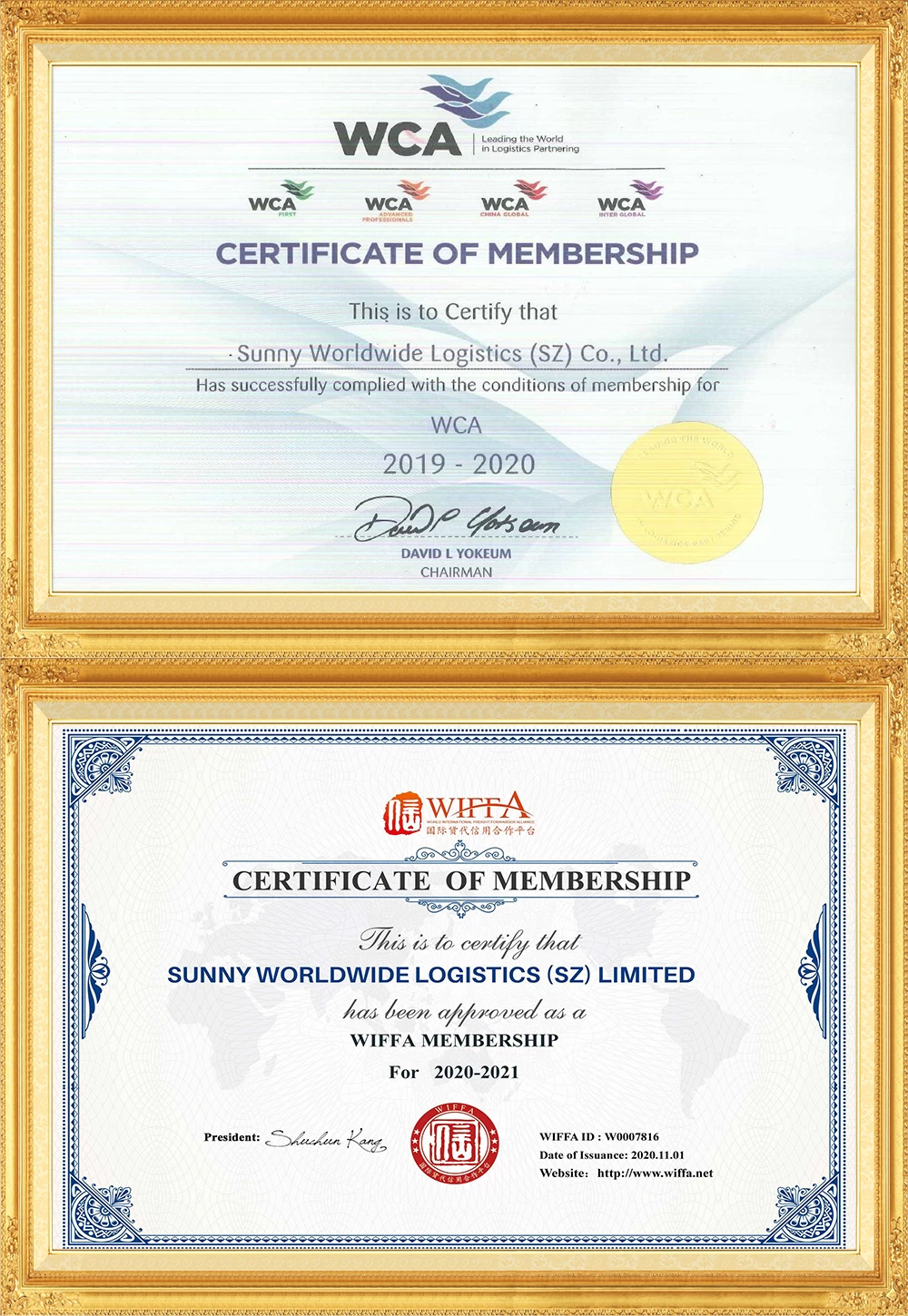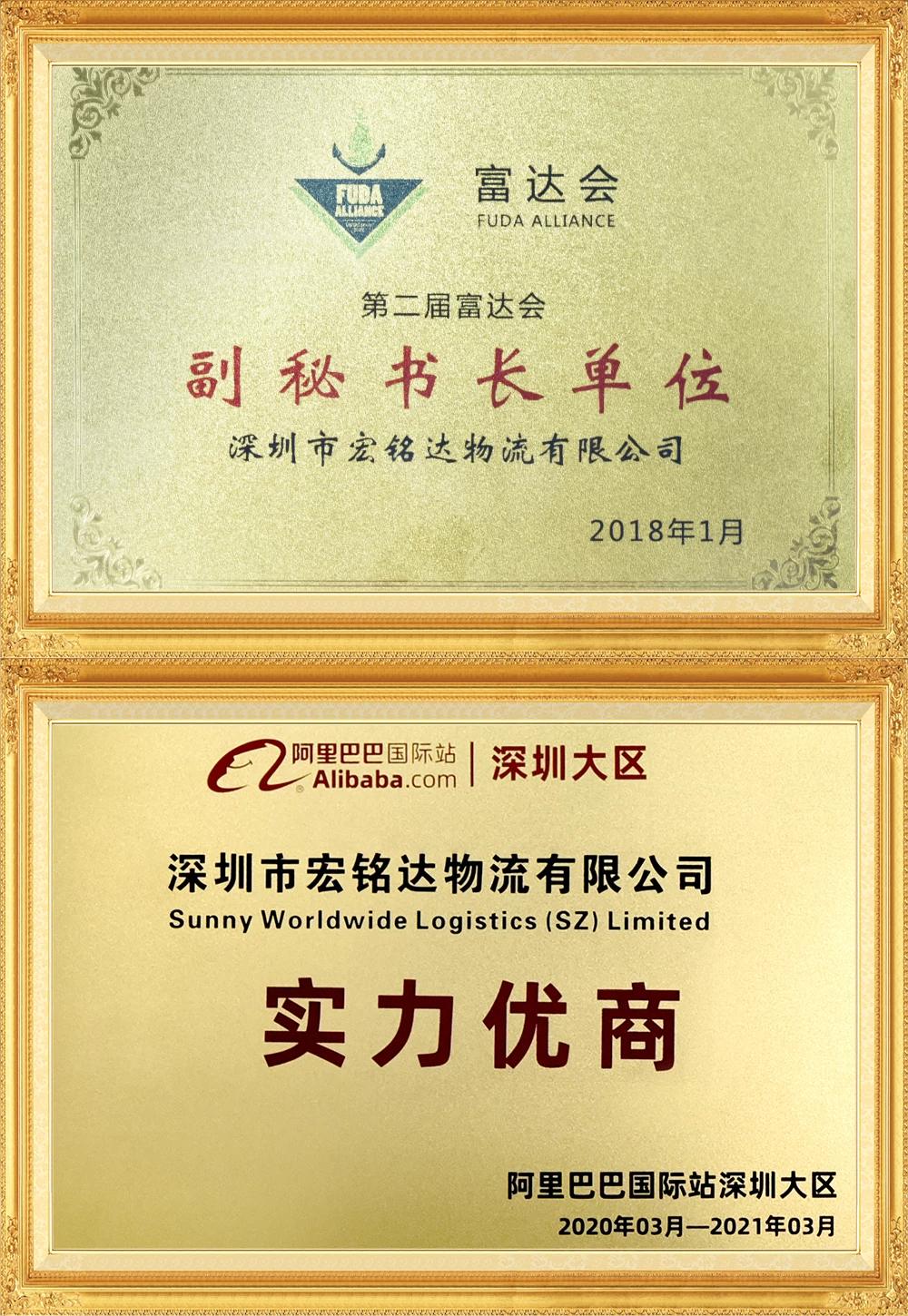Hong Kong suspends import of poultry meat and poultry products from parts of the United States
The Center for Food Safety of the Food and Environmental Hygiene Department of the Hong Kong SAR Government announced on November 6 that, according to notifications from the World Organization for Animal Health, highly pathogenic H5N1 avian influenza broke out in some counties in Alabama, Iowa, South Dakota and California in the United States..
The CFS immediately instructed the industry to suspend the import of poultry meat and poultry products (including poultry eggs) from the above-mentioned areas to protect public health in Hong Kong.

A spokesman for the CFS said that according to the Census and Statistics Department, Hong Kong imported about 21,470 tons of chilled and frozen poultry meat and about 57.11 million poultry eggs from the United States in the first nine months of this year.
The spokesman said: "The CFS has contacted the US authorities regarding the incident and will continue to closely monitor information on the outbreak of avian influenza from the World Organization for Animal Health and relevant authorities, and will take appropriate actions based on the development of the local epidemic."

Poultry meat such as chicken, duck meat, chicken legs, chicken feet and other foods are the main daily meat foods. Our country requires enterprises that slaughter and process poultry products to register as export food production enterprises when conducting export business. Live poultry farms Farm registration is required, and the consignee and consignee of import and export goods can only export products purchased from registered production companies.

my country is the second largest poultry meat producer in the world, and poultry meat exports play an important role in the development of my country's foreign trade and services for "agriculture, rural areas and farmers".
Since not all countries (regions) have access requirements, exporters must confirm whether the trading country (region) allows the import of relevant products through the General Administration of Customs website inquiry, local customs business consultation, etc. before exporting, and confirm the country to be exported. Whether there are registration requirements (region), follow the prescribed procedures to improve import and export safety and ensure food safety.



